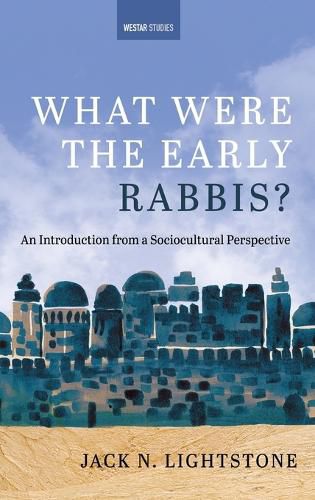Readings Newsletter
Become a Readings Member to make your shopping experience even easier.
Sign in or sign up for free!
You’re not far away from qualifying for FREE standard shipping within Australia
You’ve qualified for FREE standard shipping within Australia
The cart is loading…






This title is printed to order. This book may have been self-published. If so, we cannot guarantee the quality of the content. In the main most books will have gone through the editing process however some may not. We therefore suggest that you be aware of this before ordering this book. If in doubt check either the author or publisher’s details as we are unable to accept any returns unless they are faulty. Please contact us if you have any questions.
Over the first eight centuries CE, the religious cultures of Middle Eastern, Mediterranean and many European lands transformed. Worship of "the gods" largely gave way to the worship of YHWH, the God of Israel, under Christianity and Islam, both developments of contemporary Judaism, after Rome destroyed Judaism's central shrine, the Jerusalem Temple, in 70 CE. But concomitant changes occurred within contemporary Judaism. The events of 70 wiped away well-established Judaic institutions in the Land of Israel, and over time the authority of a cadre of new "masters" of Judaic law, life, and practice, the "rabbis," took hold. What was the core, professional-like profile of members of this emerging cadre in the late second and early third centuries, when this group first attained a level of stable institutionalization (even if not yet well-established authority)? What views did they promote about the authoritative basis of their profile? What in their surrounding and antecedent sociocultural contexts lent prima facie legitimacy and currency to that profile? Geared to a nonspecialist readership, What Were the Early Rabbis? addresses these questions and consequently sheds light on eventual shifts in power that came to underpin Judaic communal life, while Christianity and Islam "Judaized" non-Jews under their expansive hegemonies.
$9.00 standard shipping within Australia
FREE standard shipping within Australia for orders over $100.00
Express & International shipping calculated at checkout
This title is printed to order. This book may have been self-published. If so, we cannot guarantee the quality of the content. In the main most books will have gone through the editing process however some may not. We therefore suggest that you be aware of this before ordering this book. If in doubt check either the author or publisher’s details as we are unable to accept any returns unless they are faulty. Please contact us if you have any questions.
Over the first eight centuries CE, the religious cultures of Middle Eastern, Mediterranean and many European lands transformed. Worship of "the gods" largely gave way to the worship of YHWH, the God of Israel, under Christianity and Islam, both developments of contemporary Judaism, after Rome destroyed Judaism's central shrine, the Jerusalem Temple, in 70 CE. But concomitant changes occurred within contemporary Judaism. The events of 70 wiped away well-established Judaic institutions in the Land of Israel, and over time the authority of a cadre of new "masters" of Judaic law, life, and practice, the "rabbis," took hold. What was the core, professional-like profile of members of this emerging cadre in the late second and early third centuries, when this group first attained a level of stable institutionalization (even if not yet well-established authority)? What views did they promote about the authoritative basis of their profile? What in their surrounding and antecedent sociocultural contexts lent prima facie legitimacy and currency to that profile? Geared to a nonspecialist readership, What Were the Early Rabbis? addresses these questions and consequently sheds light on eventual shifts in power that came to underpin Judaic communal life, while Christianity and Islam "Judaized" non-Jews under their expansive hegemonies.